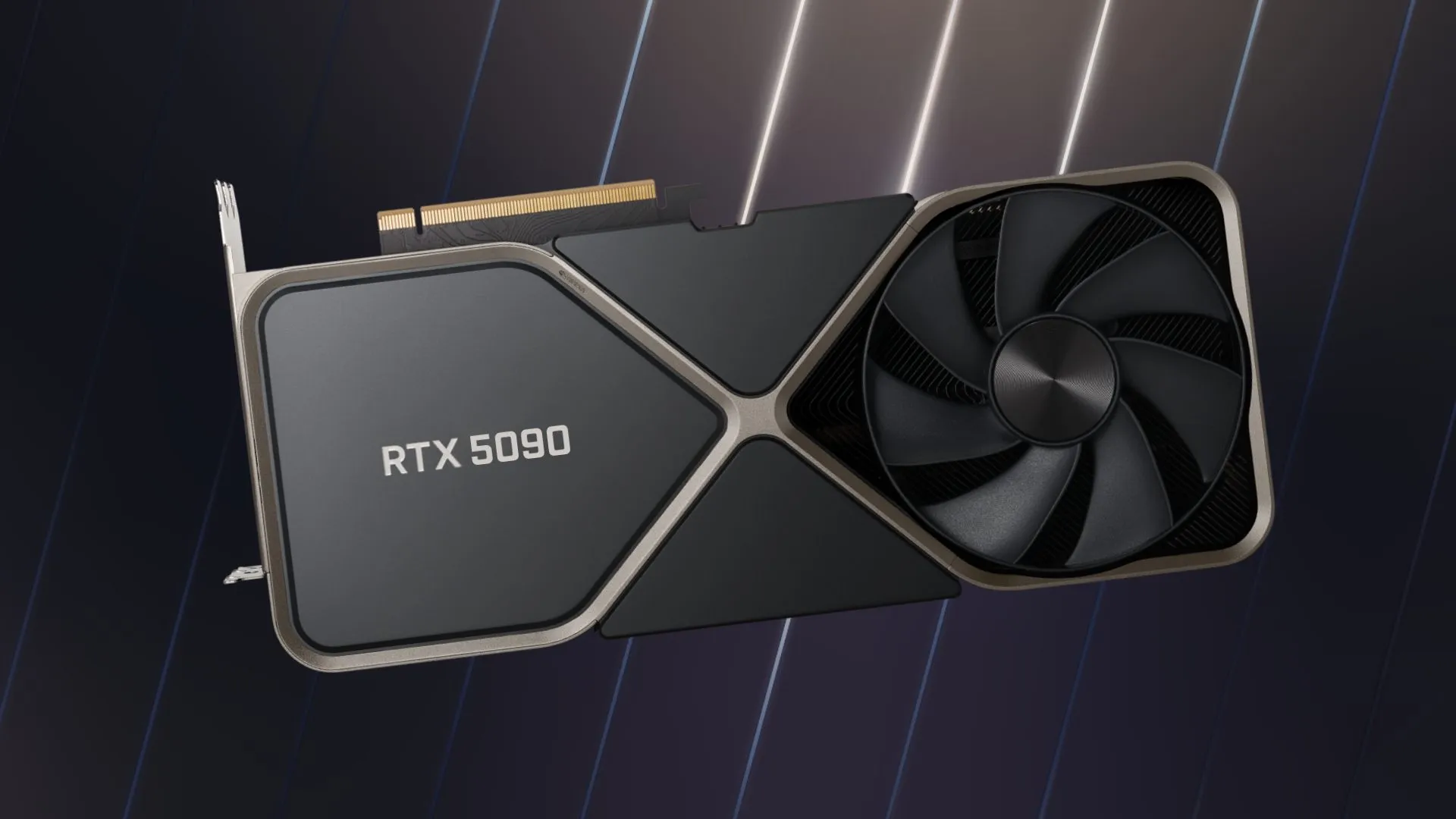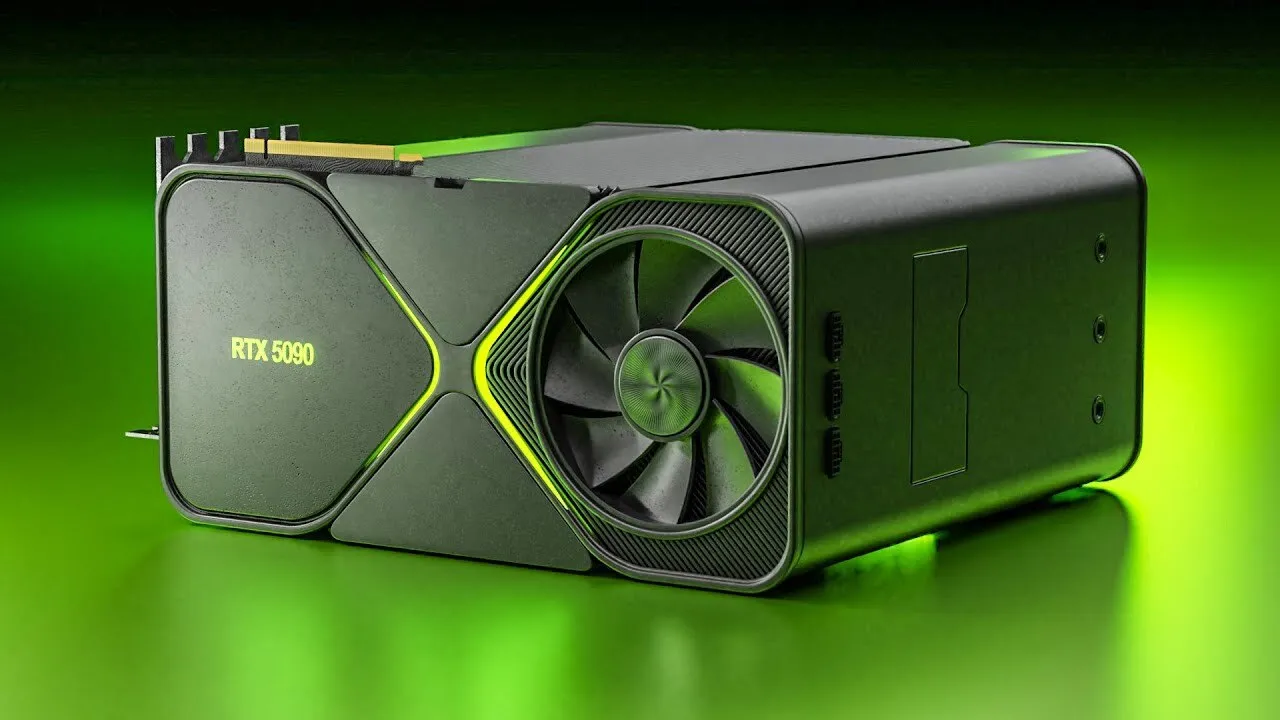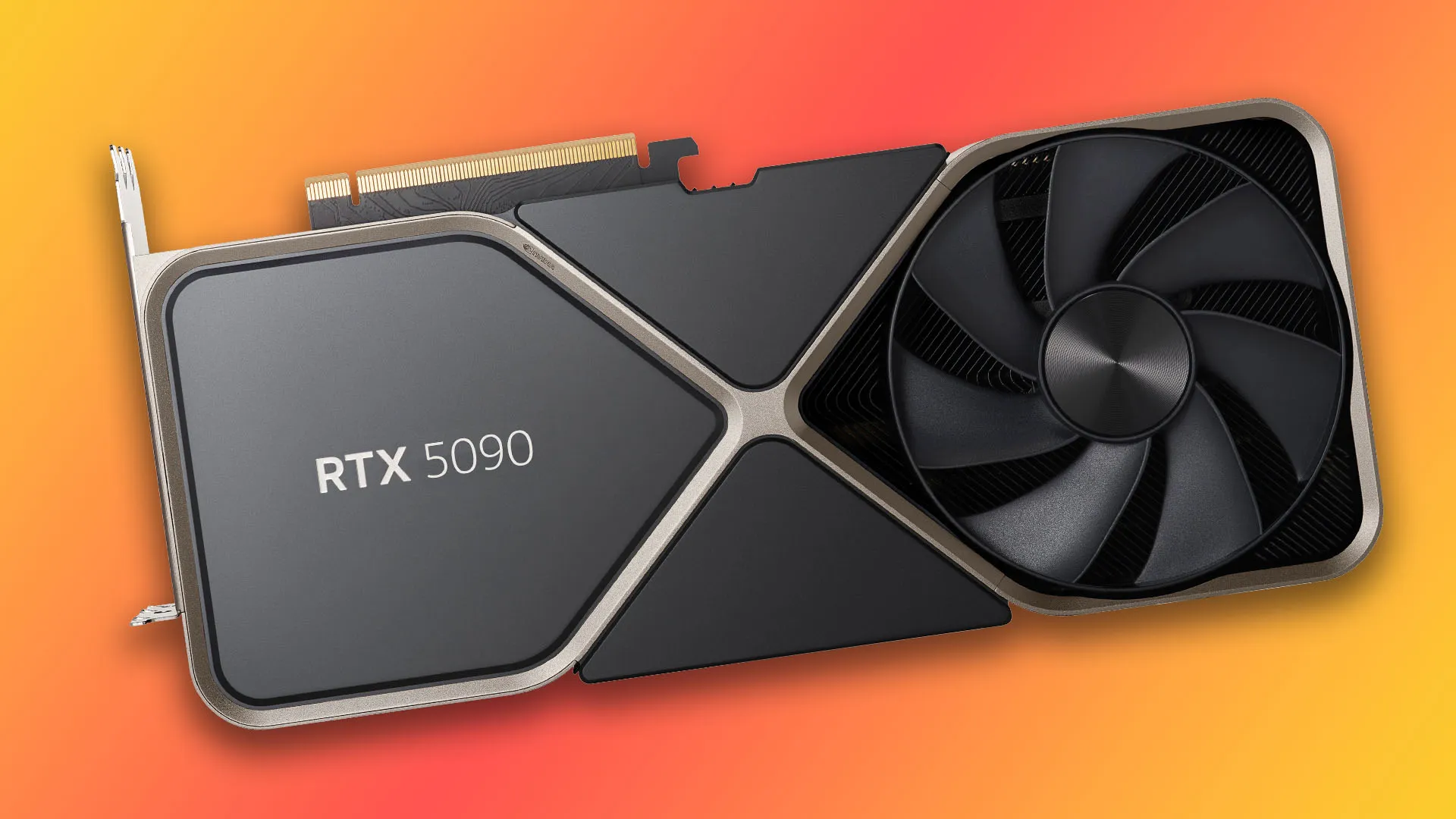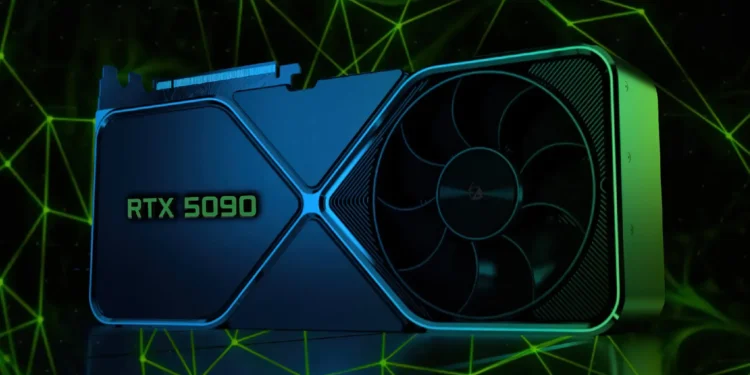The high-stakes world of ultra-enthusiast graphics cards is buzzing with excitement as NVIDIA gears up to launch its next-gen GeForce RTX 5090 and RTX 5080, rumored to be priced at a jaw-dropping $2600 and $1500 respectively. This significant development marks a pivotal moment in the gaming and graphics industry, promising unprecedented performance thresholds that are set to redefine the boundaries of what’s possible in 4K gaming and beyond.

With the GeForce RTX 5090, NVIDIA is not merely pushing the envelope; it’s tearing it wide open. Boasting a colossal 32GB of next-gen GDDR7 memory, the RTX 5090 is pegged at a $2600 price point—reflecting a substantial $1000 increase over its predecessor, the RTX 4090. This top-of-the-line model is expected to deliver 50-70% more performance at 4K resolutions, making it a veritable beast in the high-end gaming arena.
Experts and enthusiasts alike are speculating that with over 21,760 CUDA cores and a staggering 2.0TB/sec memory bandwidth, the RTX 5090 could set a new gold standard for gaming GPUs. It’s not just about the raw specs; the implementation of the Blackwell GPU architecture promises to optimize every ounce of power, achieving a synergy of performance and efficiency that could leave competitors like AMD’s Radeon RX 9070 XT trailing in its wake.

Beyond Speed: Ray Tracing and DLSS 4 Technology
NVIDIA’s innovations don’t stop at sheer processing power. The RTX 5090 and its slightly less powerful sibling, the RTX 5080, are expected to bring substantial advancements in ray tracing technology. Users can anticipate 2-3 times the performance in ray tracing over previous models, with potential leaps of four times or more in specific scenarios, thanks to the new DLSS 4 technology.
DLSS 4 represents the pinnacle of AI-powered upscaling, providing not only improved image quality over previous iterations but also enhancing the overall efficiency and performance of games that are more demanding on the system’s resources.

Power Efficiency and Future Prospects
Despite the formidable power under the hood, NVIDIA’s latest offerings aim to balance brute strength with energy efficiency. The RTX 5090, for instance, will demand up to 600W of power. This is a substantial increase from the RTX 4090’s 450W TDP, reflecting the enhanced capabilities and performance expectations of the new model. Yet, it is designed to deliver more performance per watt compared to the current-gen RTX 4090 and RTX 4080 SUPER graphics cards.
The future of gaming looks incredibly bright, with the GeForce RTX 5090 leading the charge. As we edge closer to its launch, the anticipation within the gaming community continues to build. This GPU isn’t just a tool for gamers; it’s a glimpse into the future of immersive, ultra-high-definition gaming experiences. With the promise of 4K gaming at 240FPS on the horizon, the GeForce RTX 5090 is poised to become the go-to choice for gamers seeking the ultimate in performance, power, and cutting-edge technology.










